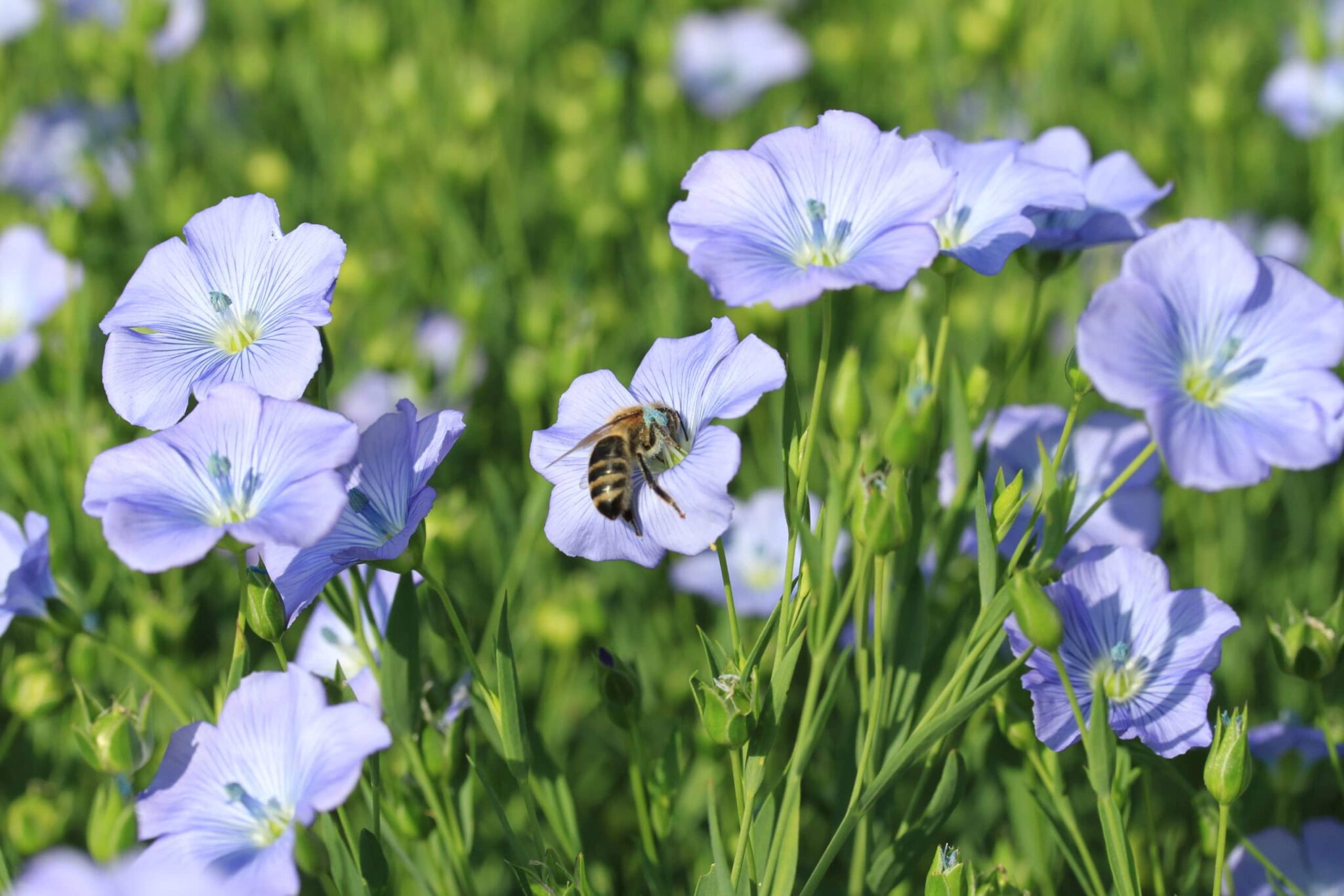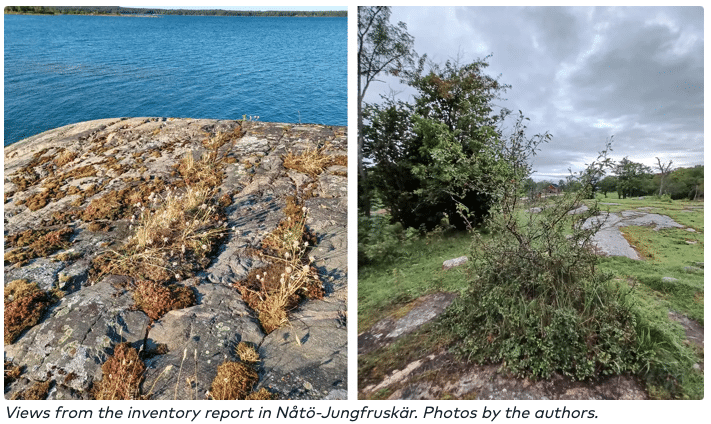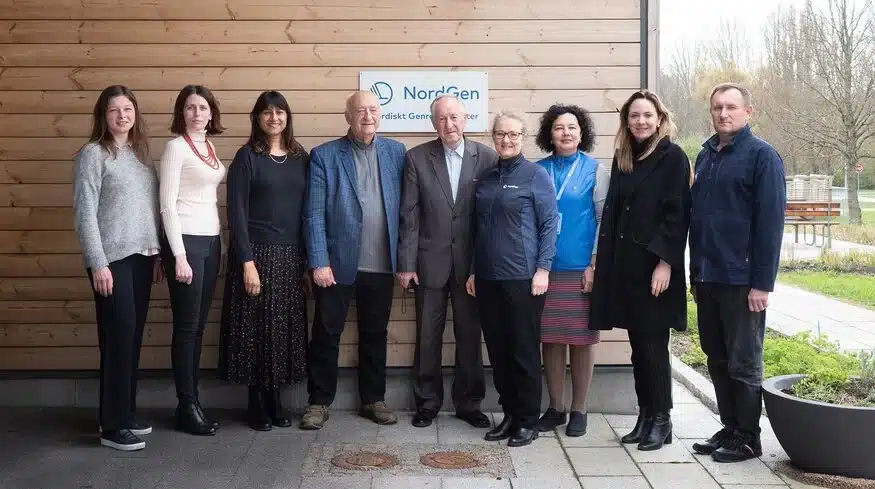Insulation, textiles, food, wood impregnation, and paint—all benefit from flax, a versatile crop well-suited for cultivation in the Nordic Region. However, its cultivation in these countries, particularly for fiber production, is currently limited. NordGen’s flax projects aim to boost interest in this valuable crop, potentially expanding its cultivation in the region.
According to a press release, in 2023, NordGen cultivated 30 different flax varieties as part of a collaborative project that included the project partners Skånelin, Science Park Borås and the project 1 KVM LIN. 27 of these seed samples are old varieties or landraces from the Nordic seed collection. Three additional varieties were obtained from the Skånelin association. The project aimed to gather data on the morphological traits of these varieties, focusing on the physical form and external structure of the plants. The goal was to identify which of the varieties are best suited for oil production or fiber cultivation.
“Flax is a pleasant and easy crop to work with that is suitable for cultivation in the Nordic region, from sowing to harvest it takes three to four months,” says Mohammad El-Khalifeh, NordGen’s Senior Scientist on forages and industrial crops. “But today there is basically no commercial flax cultivation for fiber production in the Nordic countries. We would like to highlight that there are several varieties in NordGen’s collection that are suitable for fiber production.”
More Than 400 Different Seed Samples of Flax
The test cultivation conducted last year identified 15 varieties most likely suitable for fiber production. This year, these selected varieties are being grown again on a larger scale, with 10 m2 allocated per variety. Following the harvest, the project partner Skånelin will process the flax and evaluate the plants’ characteristics to determine the best varieties for fiber production.
“Flax may have a great future in the Nordic Region since we have a perfect climate and good soils for growing flax, as cultivations in history show,” says Eva Olsson, Chair of Skånelin. “Our Swedish weavers are already asking for, and would prefer, to have Swedish flax in their production.”
This year, NordGen also begins another flax project in which a total of 436 different seed samples were recently sown to document morphological characteristics (plant height, flower color, flower size, etc) and determine whether they belong to the type for oil or fiber production, the release notes. This cultivation includes NordGen’s complete flax collection, consisting of 362 seed samples. The majority of these seeds are categorized as breeding material donated by the former Swedish plant breeding company Svalöf Weibull. Additionally, 74 seed samples of Nordic origin have been acquired from gene banks in Poland, the Netherlands, and the Czech Republic. The traits of these European gene bank seed samples will be compared with those of the flax varieties in NordGen’s collection. If there are differences in characteristics, they will be integrated into the Nordic seed collection.
“It is important to repatriate the Nordic flax varieties and conserve them at NordGen,” says El-Khalifeh. “Another aim of the project is regeneration, i.e. harvesting seeds from all 436 seed samples so there will be volumes for future research projects. There is an interest in starting other research collaborations on flax, but then we need more seeds.”
FACTS FLAX:
- Flax has been grown and used for at least 7000 years and cultivation has been known in the Nordic region from around the second century. Up to the time of industrialization, flax cultivation was common throughout the Nordic region and was an important industry.
- Oil flax can be used for the production of feed or food as well as paint, soap or linseed oil, which is a popular product for wood treatment.
- Flax fibers are one of the strongest among plants and can be prepared to be used for textiles, ropes or various forms of insulation and sealing. Since flax is fire resistant, it has been used as insulation in fire doors.
FACTS NORDGEN:
- The Nordic Genetic Resource Center (NordGen) is the joint genebank and knowledge center for genetic resources in the Nordic countries. NordGen’s mission is to conserve and promote the sustainable use of genetic diversity among animals, forests and plants that are important for Nordic agriculture and forestry.
- The Nordic seed collection contains more than 33 000 seed samples from almost 450 different plant species. NordGen also conserves 95 Nordic potato varieties.












